Are birds mammals? the answer is negative. They are more closely related to reptiles and have feathers as a distinguishing feature.
Birds are truly remarkable creatures, soaring through the skies with grace and agility. Yet, an intriguing question often arises in the minds of many: are birds mammals? The confusion is understandable, as both birds and mammals share several biological characteristics.
In this article, we will unravel this intriguing question and explore the distinct characteristics of both birds and mammals. Join us in this journey of discovery!
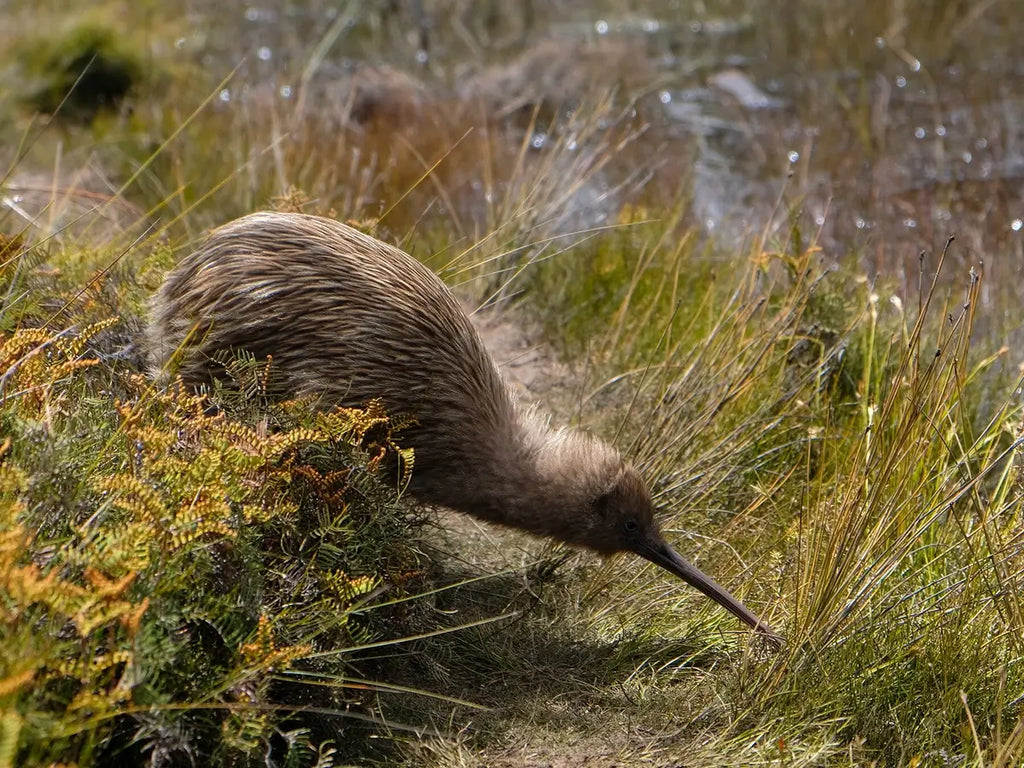
Why do some people think that birds are mammals?
Birds share some characteristics with mammals, which may be confusing to some people.
Birds breathe air, a trait shared by all mammals. Even mammals that spend most of their time underwater must go to the surface to breathe air. They have lungs, instead of gills or pores, to absorb oxygen.
Birds are also warm-blooded animals. This means their body temperature is fairly stable. Cold or hot environments don't make them warm or cool. Birds' bodies, like those of mammals, can heat and cool themselves.
Finally, some birds produce milk to feed their young like mammals. Pigeons are the largest example, although they do not have mammary glands that produce mammary glands like mammals.
So, with these shared characteristics, why aren't birds mammals?
What is the difference between birds and mammals?
Birds differ from mammals in many ways. Some of these differences are obvious, while others require a closer look at their behavior. Some differences cannot be seen without looking closely at how their bones and organs differ.
Physical Differences
Wings
One of the most obvious differences between birds and mammals is that our feathered friends have wings. All birds have wings, including flightless species such as ostriches and penguins. A bird's wings are modified forearms with the hand bones fused together. Bats are the only mammals with wings, although some mammals such as flying squirrels can glide using the membrane between their limbs.
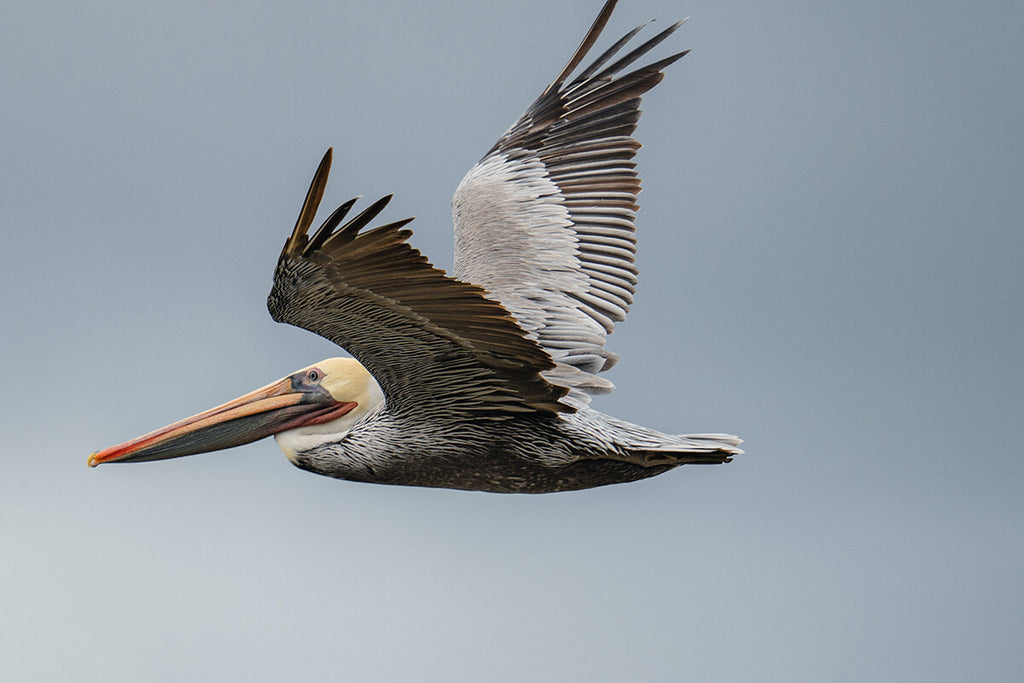
Beaks and Bills
Another obvious difference between birds and mammals is their beak structure. Birds have toothless, keratinized beaks instead of the toothed jaws of mammals. Bird beaks come in all shapes and sizes, from the tiny conical beak of the cardinal to the huge colorful beak of the toucan. Beaks aren't just used for eating; they also perform a variety of tasks, such as cleaning the body, fishing, digging holes, and even making sounds. Mammals don't usually have beaks, but the Australian platypus is an exception to this rule; they have soft, duck-like beaks with no teeth.
Feathers
Birds are the only extant animals that possess feathers. Feathers are unique structures in birds that are used for insulation and flight. Birds have various types of feathers on different parts of their bodies, which can be categorized as feathers and down. In contrast, mammals have fur or hair, not feathers. Fur is an insulating and protective covering for mammals and is found in almost all mammals.
In addition to feathers and fur, there are other differences in the anatomy of birds and mammals. Here are some body structures unique to birds:
- Hollow bones
- Scaly legs
- Song tubes
- Airbags
- Gizzard (a specialized organ used to digest food)
- Fork bones (a skeletal structure used to support flight muscles)
- Cloaca (the cloacal cavity)
These features distinguish birds structurally from mammals.
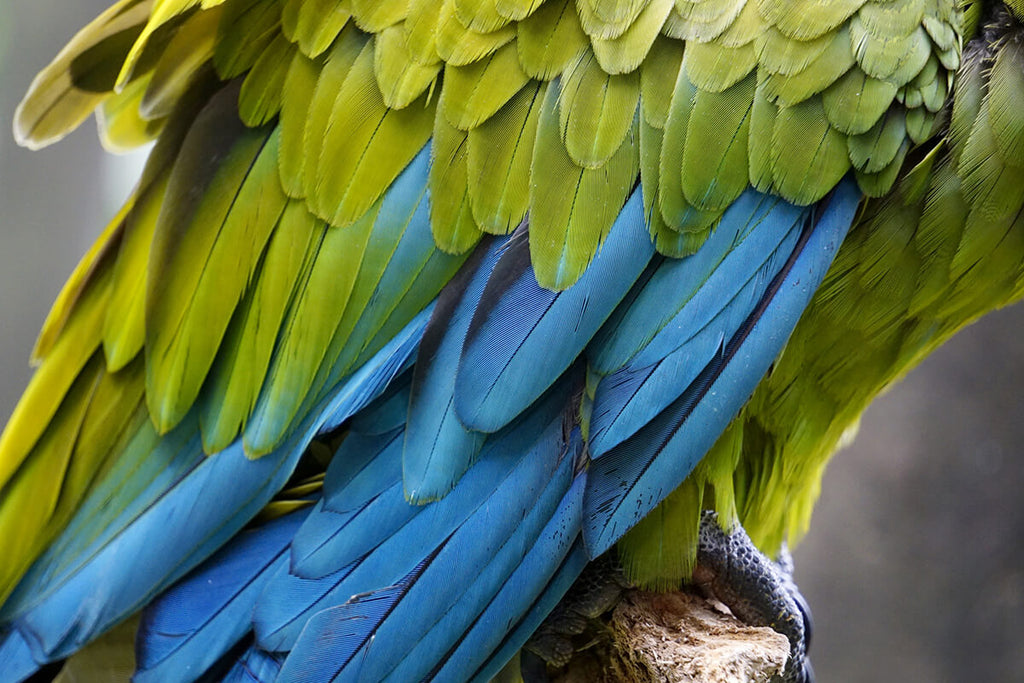
Movement
Another obvious difference between birds and mammals is the way they move. Most birds are able to fly, and they are bipedal, walking upright on two legs. Some birds can also swim on their legs, and some are even able to swim at high speeds propelled by their wings.
In contrast, mammals have a much more diverse range of locomotion. Although most mammals do not fly, they are quadrupeds and walk on four legs. However, some mammals have other specialized ways of locomotion, such as dolphins and whales that move by swimming, bats that are able to fly, and apes that can move by swinging their arms. These different modes of locomotion make birds and mammals distinctly different in terms of movement.
Reproductive Differences
The fundamental difference between birds and mammals is the method of reproduction. Birds reproduce by laying eggs, while mammals give birth to live young. Birds lay their eggs before they hatch so that the female can relieve the babies, and some males assist in incubating and caring for the eggs and chicks. In contrast, mammal pups vary greatly in their development; some are blind and helpless, while others can walk and run on their first day. Males of most mammals are usually uninvolved in parenting.
What makes mammals?

Mammals are warm-blooded vertebrates with hair and fur. The most unique and typical characteristic of mammals is their ability to produce milk from their mammary glands. No other group of animals can feed their young in this way.
Mammalian brains are also different from those of birds and other animals because they have a neocortex, a part of the brain used for many higher functions. Hearing small bones are another unique set of features found in mammalian skulls. These three small bones in the middle ear are used for hearing.
What makes a bird a bird?
The animals in the class Avis are all birds, and they share some common characteristics:
- Feathers: birds are the only animals that have feathers.
- Warm-blooded: all birds are warm-blooded and are able to self-regulate their body temperature.
- Egg-laying: birds reproduce by laying eggs and do not directly give birth to live babies.
- Beaks: birds have hard beaks for ingesting food and other activities.
- Skeletal Structure: Birds have hollow bones with internal support structures and air pockets that make them lightweight and aid in flight.
Although most birds can fly, not all of them do. For example, penguins, ostriches, emus, and several species of tailless birds do not fly. In addition, bats are mammals capable of flight, not birds.
Overall, the characteristics of birds include feathers, warm blood, egg-laying, beaks, and specialized skeletal structures. These characteristics make birds a unique group of animals. Birds are more closely related to reptiles (such as dinosaurs) and more distantly related to mammals.
The similarities between birds and mammals.
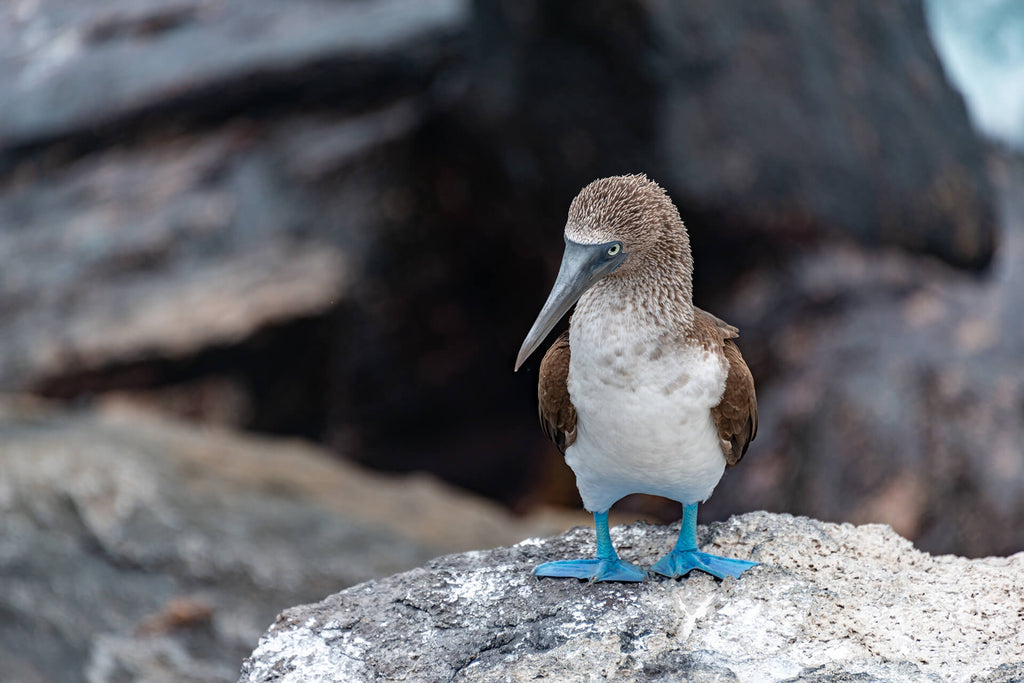
There are many similarities between birds and mammals. They are both warm-blooded and are able to self-regulate their body temperature to adapt to different environments.
Both birds and mammals exhibit relatively high levels of intelligence and learning ability to solve problems and adapt to changes in their environment. They both exhibit high levels of parental caregiving behavior, providing food and protection for their young.
These similarities make birds and mammals one of the most successful and diverse groups in the animal kingdom. Although there are some differences between them, such as physiological structures and behavioral habits, their common traits and adaptations make them uniquely suited for their place on Earth.
Is there any bird that is a mammal?
Although birds and mammals are two completely different groups of vertebrates, there is one bird that is an exception. New Zealand's kiwi birds have been given the title of "honorary mammal" because they fill an ecological niche on the island that is devoid of land mammals.

The birds, called kiwi bird, share the same ancestry as ostriches and emus, they can't fly, but Kiwis are small birds. They only weigh about 7 pounds. Kiwi-birds have long, thin beaks with whiskers and feathers that look more like shaggy hair. Their bones are heavy and full of marrow, similar to those of mammals. In addition, kiwis have strong legs that allow them to run and fight.
The differences between birds and mammals are fascinating and revealing of the diversity of the natural world. With the Birdhi Mag Smart Bird Feeder, you can create a bird-friendly environment, observe their daily activities more closely, and feel more connected to nature.
Birds and Mammals Interesting Questions
Do mammals lay eggs?
A: Birds lay eggs, which is one of the main differences between them and the mammals that give birth to their young. However, some outstanding Australian mammals can lay eggs. The platypus and the four extant species of echidna are very unusual in that they lay eggs.
Do birds produce milk?
A: Birds are one of the few animals that can feed their young. They share advanced parental care behaviors with mammals, but there are some differences in what and how they feed their young.
Birds do not have mammary glands and therefore cannot produce real milk. Typically, birds give their young the appropriate food they have gathered, but some go a step further. For example, pigeons produce a substance called crop milk. Crop milk is a high-protein liquid that parent birds produce and use to feed their young for the first two weeks or so.
From Bilantan.com

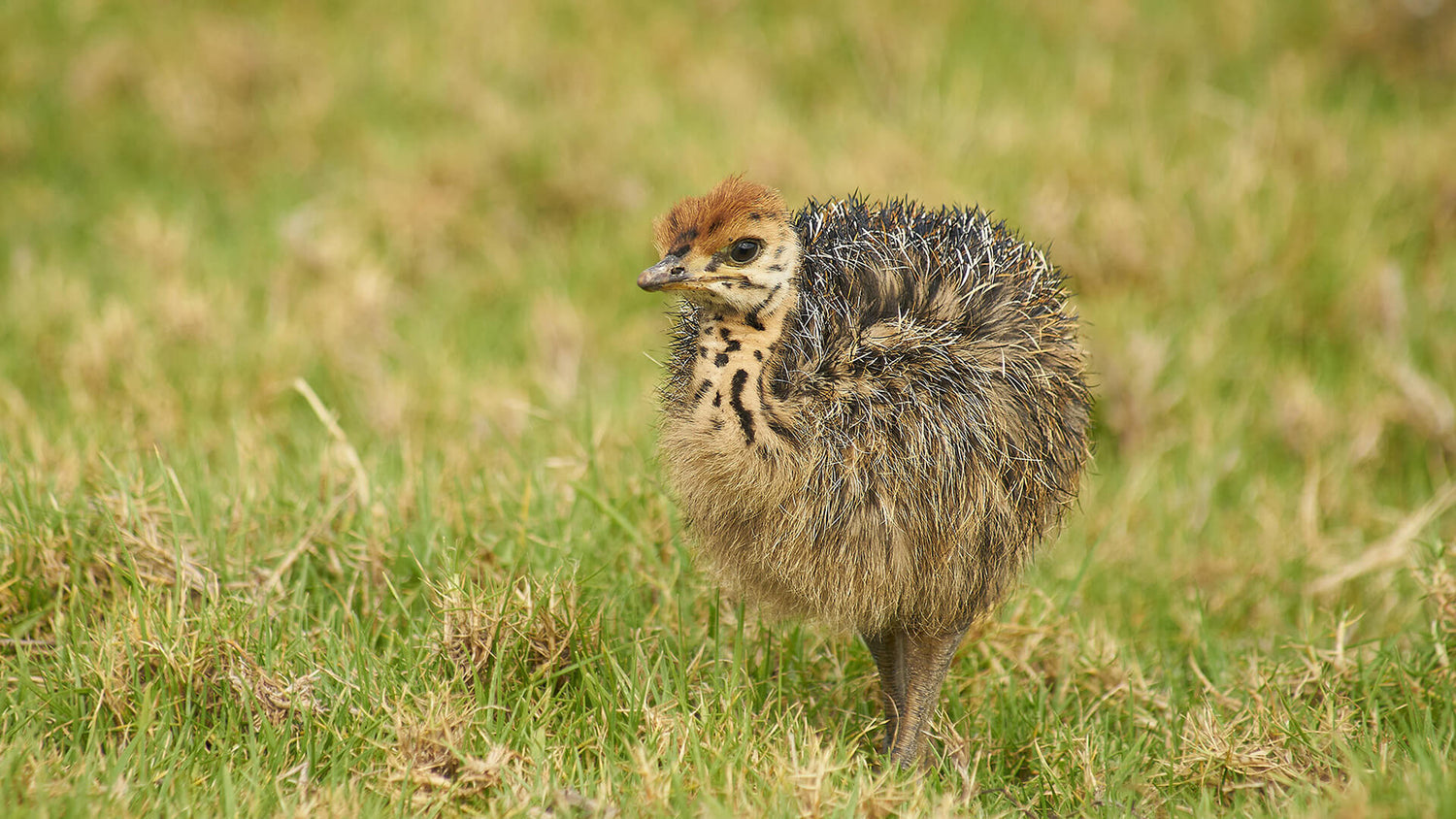

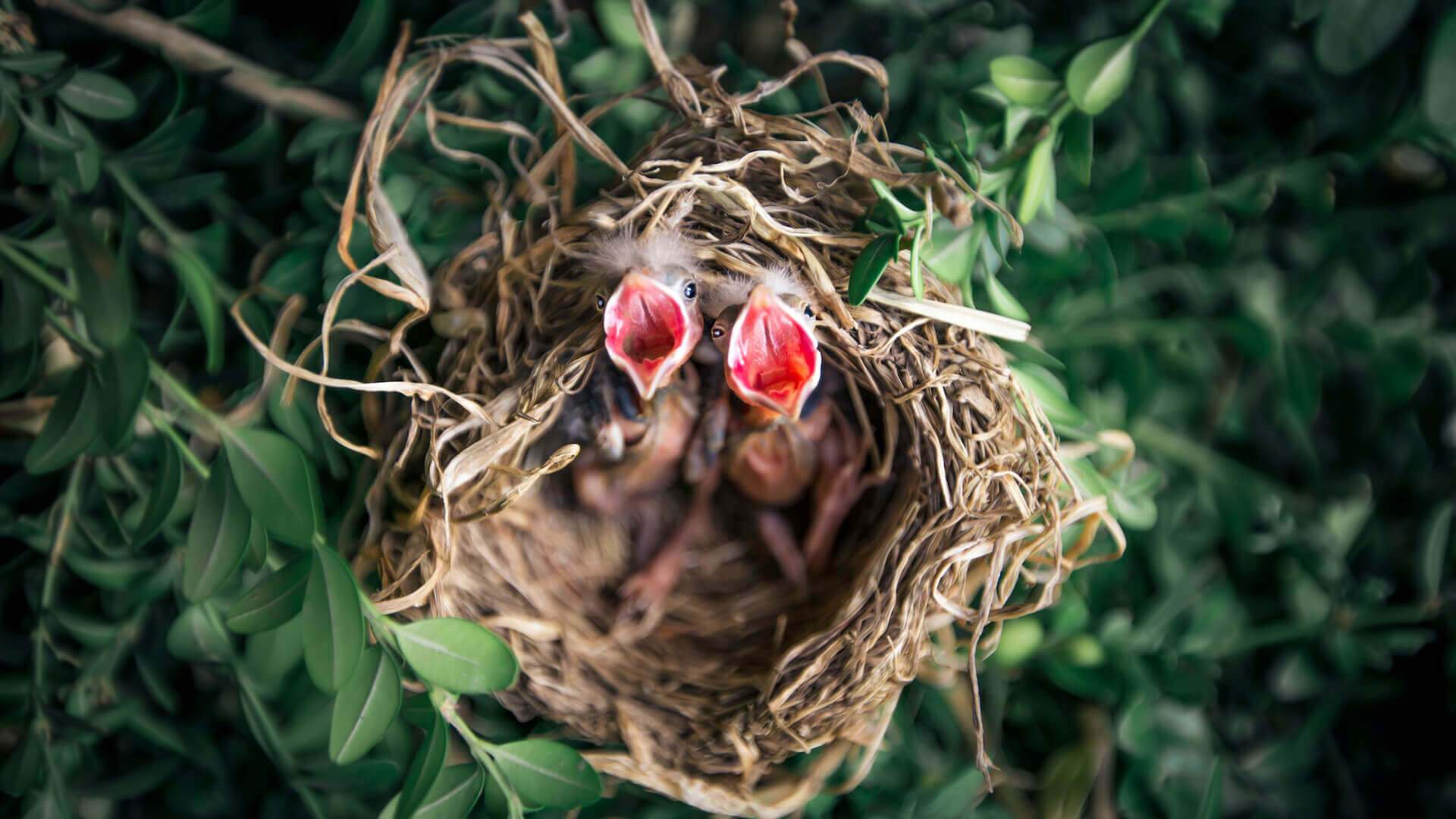
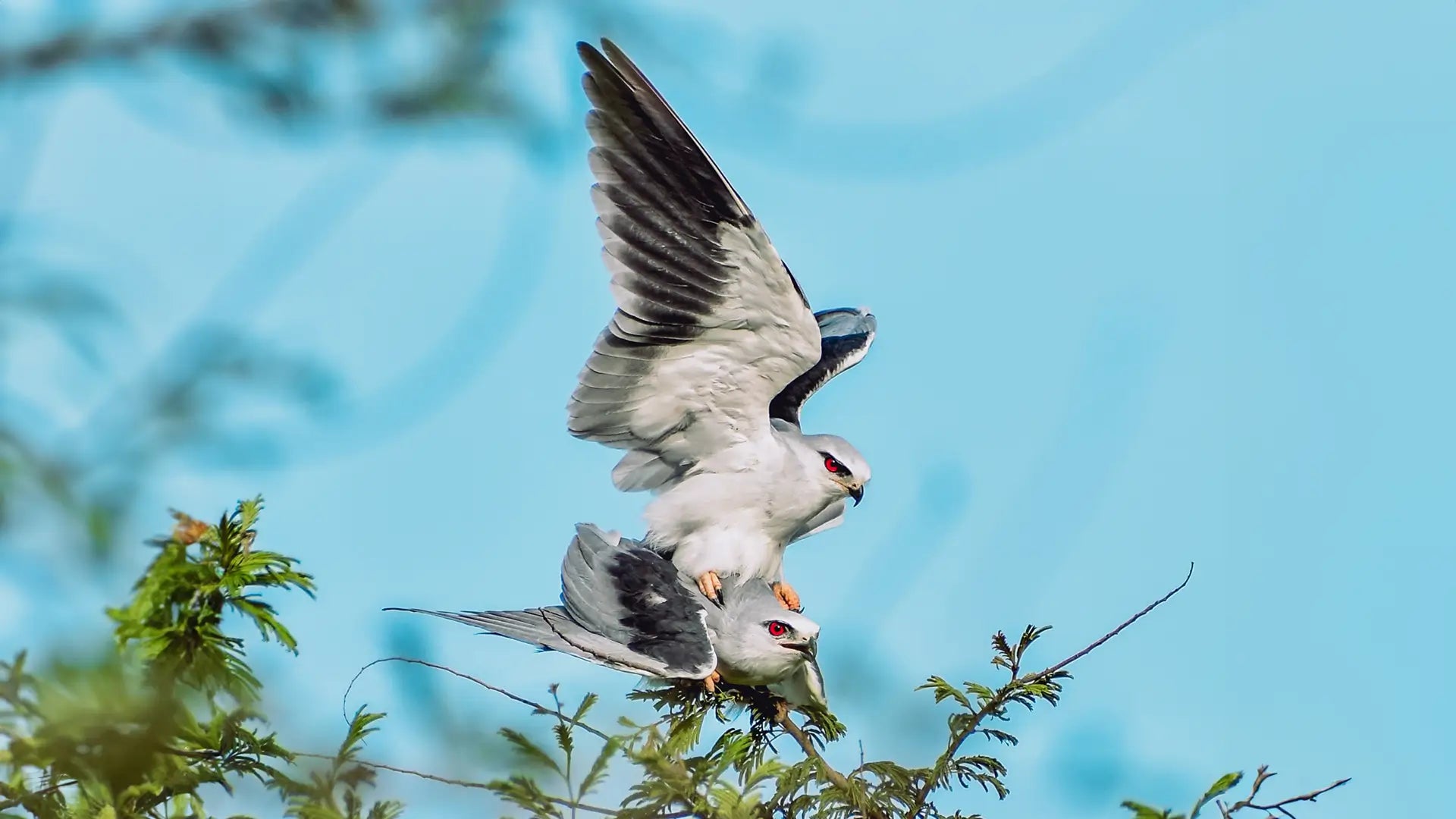
13 comments
isgeiszwfn
Muchas gracias. ?Como puedo iniciar sesion?
Amir shehzad
https://allbirdspoint.site/are-birds-mammals/
avenue17
I consider, that you commit an error. I can defend the position. Write to me in PM.
UtnvtoisM
cheap viagra canada
novopet
In it something is. I thank for the information. I did not know it.
Leave a comment
All comments are moderated before being published.
This site is protected by hCaptcha and the hCaptcha Privacy Policy and Terms of Service apply.